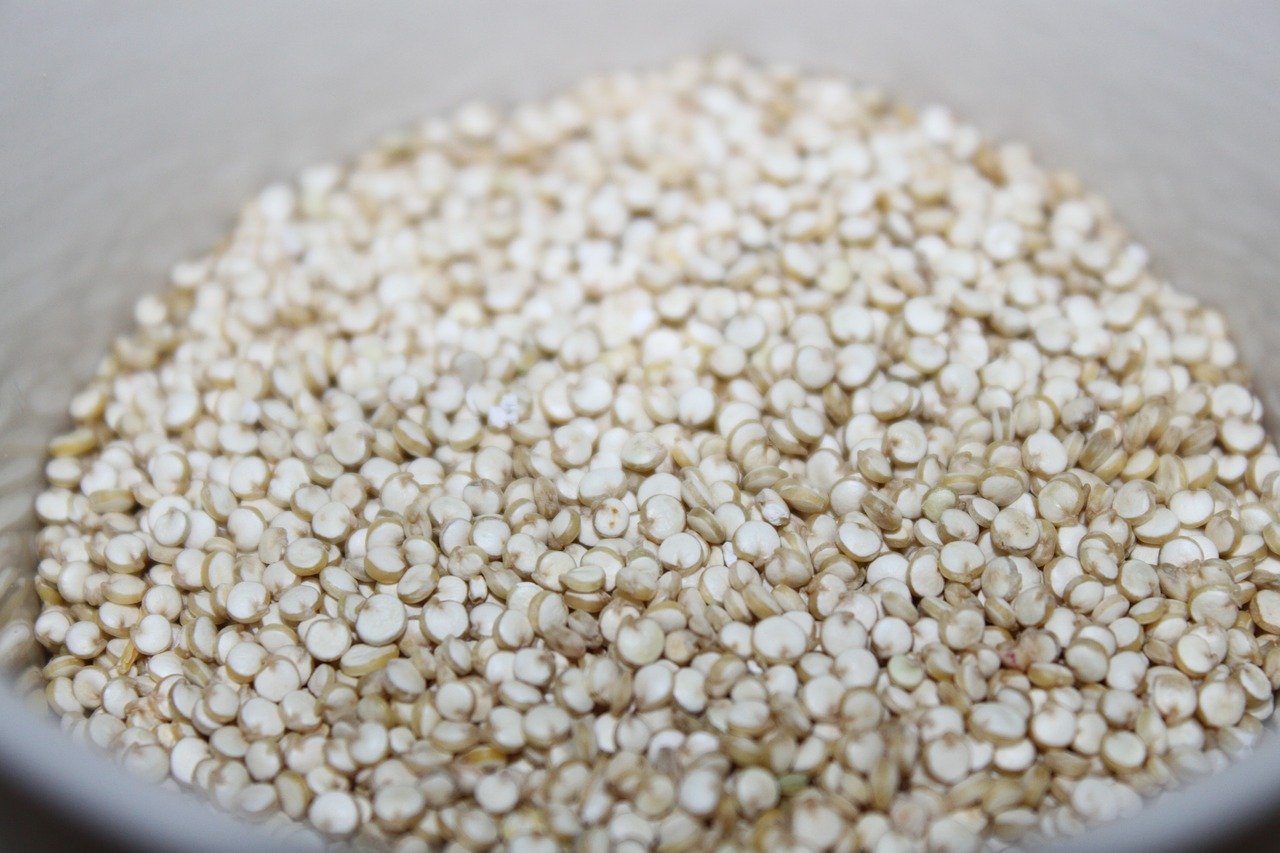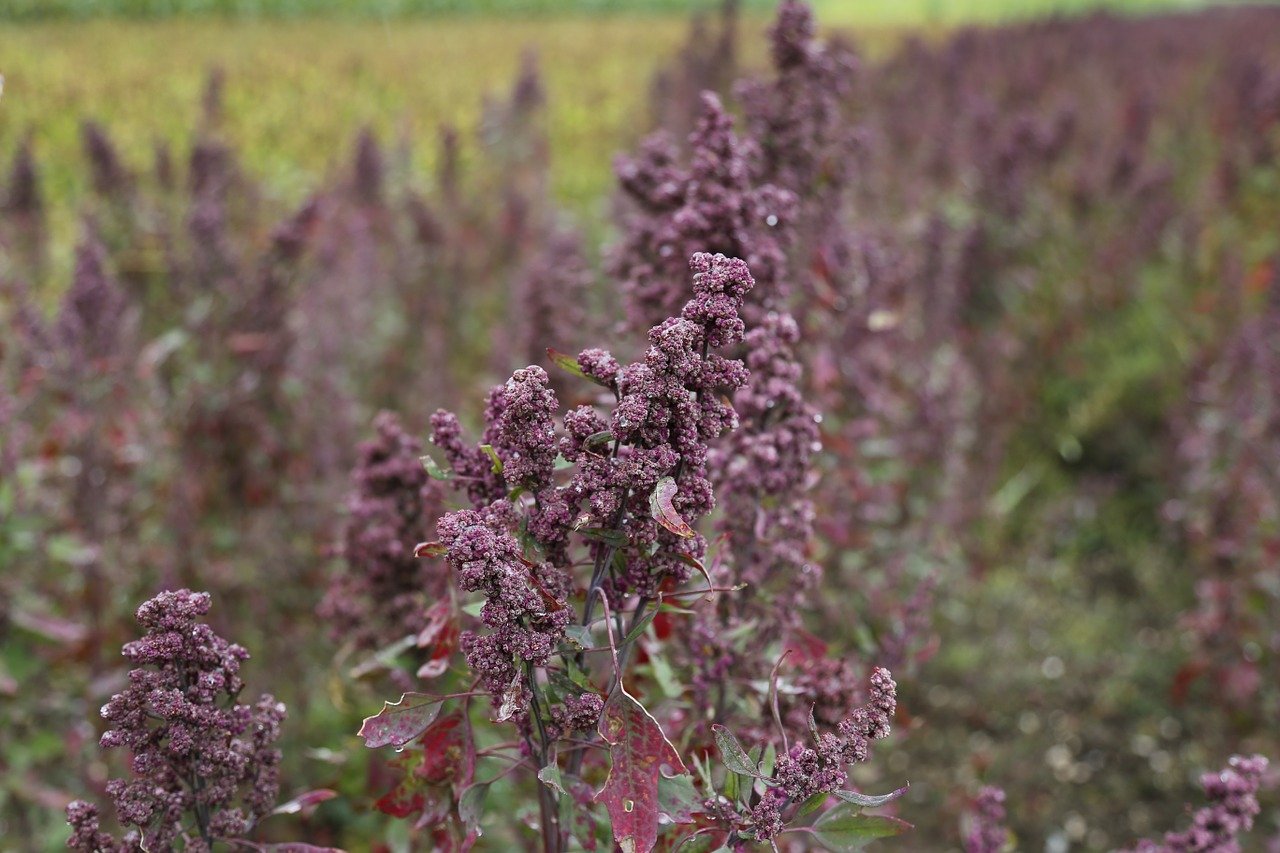Quinoa is one of the healthiest crops you can grow on the homestead that isn’t a fruit or vegetable. It is one of the better sources of plant-based protein and has a lot of vitamins and minerals that commonly grown grains don’t provide. Sprouting is a popular method to prepare and enhance grains and legumes, but can it work with a pseudocereal like quinoa? Read on to learn more on how to sprout quinoa.
What You'll Learn Today
- Why Sprout Quinoa?
- How To Sprout Quinoa
- FAQs
- 1. Can You Sprout Store-Bought Quinoa?
- 2. Should You Sprout Quinoa Before Cooking?
- 3. Is Sprouted Quinoa Better?
- 4. Do You Need To Soak Sprouted Quinoa?
- 5. Is It OK To Soak Quinoa Overnight?
- 6. Why Is My Quinoa Not Sprouting?
- 7. Can You Eat Sprouted Quinoa Raw?
- 8. How Do You Get Sprouts Quickly?
- 9. Are Homegrown Sprouts Safe To Eat?
- Ready To Sprout?
Why Sprout Quinoa?

Quinoa is already a healthier alternative to traditional grains like wheat and oats. But, there are still antinutrients present in quinoa that can limit the absorption of vitamins and minerals in the quinoa itself.
Sprouting is a simple way to reduce antinutrient content and “unlock” those nutrients and create even healthier food that is more digestible than its traditionally prepared counterpart.
Cooking grains and legumes is common practice today, but the way of old used sprouting as a means of making foods like quinoa edible in its raw form. This art may be forgotten by most, but we homesteaders know the power of passed-down knowledge!
How To Sprout Quinoa
Sprouting quinoa is remarkably simple for the benefits you get from the process. You can learn how to sprout quinoa without a sprouter or use a sprouting tray for this process. Either way, the procedure is the same.
For the sake of this article, we are just going to use the Mason jar method since every homesteader has a spare jar to use for this!
Materials Needed
- Mason Jar
- Sprouting Lid or Cheesecloth & Rubber Band
- Quinoa
- Filtered Water
- Strainer & Bowl that the Strainerfits in
It’s best to use filtered water for this whole process to avoid the quinoa absorbing contaminants commonly found in tap water, like nitrates or dissolved minerals.
How To Sprout Quinoa Without A Sprouter
- Rinse about 1 cup of quinoa under cold water for about a minute to remove dust and particulates.
- Put the rinsed quinoa into the Mason jar.
- Soak quinoa for 6-8 hours with filtered water. You can do this overnight, but don’t let it soak over 8 hours as it can start the fermentation process.
- Drain the water from the quinoa and put the jar upside down in the strainer inside the bowl to catch excess water runoff.
- Rinse quinoa about every 6 hours with fresh water and repeat the draining process. If you don’t amply drain the quinoa each time, fermenting will start and create a more sour flavor.
- Sprouts should appear within 24 hours. You can continue the rinsing process as long as you’d like. The flavor will change with the maturity of the sprouts through growing to become quinoa microgreens. Stop the process when you reach your desire flavor profile.
- Eat, cook, or store in the refrigerator for up to 3 days.
FAQs

1. Can You Sprout Store-Bought Quinoa?
You’ll be able to sprout any store-bought quinoa, from unwashed to prewashed. The only kind that isn’t viable to sprout is polished quinoa, as this kills the seed and won’t allow sprouting of any kind.
2. Should You Sprout Quinoa Before Cooking?
You don’t have to, but it will improve the nutritional content and digestibility of the quinoa. Cooking sprouted quinoa is the same as cooking traditional quinoa, although it may require a bit less water since some will have been absorbed during sprouting.
3. Is Sprouted Quinoa Better?
Nutritionally it is much better. As for the flavor profile, that is a matter of personal preference. Sprouting quinoa does allow you to consume it raw, which opens up the possibilities for using this superfood more often.
4. Do You Need To Soak Sprouted Quinoa?
The initial soaking period is important to activate the seeds and reduce the antinutrient content. Once the seeds have been soaked once, they don’t have to soak any further. Soaking your quinoa seeds after they’ve been sprouted may be viable for those looking to ferment their sprouted quinoa for more potential health benefits.
5. Is It OK To Soak Quinoa Overnight?
Yes, 6-8 hours is just fine for the sprouting process. If you are looking to lacto-ferment your quinoa, you’ll be soaking for much longer than this.
6. Why Is My Quinoa Not Sprouting?
If you are sure your quinoa isn’t polished, it should readily sprout in the right conditions. Use filtered or purified water and follow the steps precisely. Oversoaking or under-rinsing are common issues for those looking to sprout quinoa.
7. Can You Eat Sprouted Quinoa Raw?
Yes, sprouting it opens the seed and makes it more digestible than traditionally cooked quinoa! You can also learn how to cook sprouted quinoa to use in regular quinoa recipes.
8. How Do You Get Sprouts Quickly?
Make sure you follow the process outlined above. Also, put your jar in a warm place in your house, like the top of the refrigerator.
9. Are Homegrown Sprouts Safe To Eat?
Yes, unless you have contaminated seed or use unsafe water.
Ready To Sprout?
Sprouting homegrown quinoa or seeds that you buy at the store is an easy way to serve up healthier food at the homestead. The process is quick and relatively hands-off.
Try it out next time you want to use quinoa, or find quinoa sprouts recipes online to use this superfood more often! Alternatively, you can make quinoa flour and bake some great tasting bread.